
Antonio Gaudí, born in Tarragona in 1852, is often regarded as the foremost representative of Spanish modernist architecture. His unique vision and pioneering techniques set him apart from his contemporaries, allowing him to create extraordinary works that brought him international acclaim. Through a blend of innovation and intricate design, Gaudí transformed the architectural landscape of Barcelona and left an indelible mark on the world.
His revolutionary ideas not only redefined modernism but also revolutionized architecture as a whole, featuring structures that echoed the organic forms found in nature. This approach makes Gaudí’s work not just buildings but living entities that coexist with their environment.
During the 1878 International Exposition in Paris, Gaudí crossed paths with Eusebio Güell, who would become his close friend and primary patron. This relationship was pivotal, as Güell’s support enabled Gaudí to undertake significant projects that showcased his unique style and vision.
Among Gaudí's most iconic creations are the Sagrada Familia and Park Güell, both celebrated globally. However, his portfolio also includes remarkable structures such as La Pedrera, Casa Batlló, Casa Vicens, Casa Calvet, and the lampposts in Plaza Real, each embodying his distinctive style and vision.
Exploring the Masterpieces of Gaudí
While Gaudí's body of work is extensive, certain creations stand out as quintessential representations of his genius. Below are some of his most notable masterpieces:
The Sagrada Familia
Considered the iconic symbol of Barcelona, the Sagrada Familia is a testament to Gaudí's innovative architecture. Construction began in 1882, and despite significant progress, it remains unfinished to this day. Visitors can often see the basilica surrounded by cranes and scaffolding as work continues.
Park Güell
Located in the upper part of Barcelona, Park Güell is one of the city’s most famous attractions. The park is characterized by its undulating shapes and vibrant mosaics that depict various animals and geometric figures, all designed in Gaudí's signature style.
La Pedrera (Casa Milà)
Known as La Pedrera due to its rugged stone appearance, Casa Milà represents one of Gaudí's most remarkable modernist buildings. Constructed between 1906 and 1912, it reflects his artistic maturity during a period when he was involved in multiple projects throughout the city.
Antonio Gaudí: A Brief Biography
Antonio Gaudí was born on June 25, 1852, in Reus, Spain. From a young age, he exhibited a fascination with nature and architecture, leading him to study at the School of Architecture in Barcelona. His unique approach drew inspiration from the natural world and Gothic architecture, blending these elements into a cohesive style that would define his career.
Throughout his life, Gaudí worked on numerous projects, many of which were commissioned by Güell. He was known for his hands-on approach and often employed craftsmen to help him realize his intricate designs.
Why is Gaudí Famous in Barcelona?
Gaudí's fame is intrinsically linked to his contributions to Barcelona's landscape. His ability to integrate art, nature, and architecture has earned him a revered place in the history of architecture. Today, several of his works are recognized as UNESCO World Heritage Sites, highlighting their cultural significance.
- Innovative design principles
- Use of natural forms and colors
- Integration of architecture with landscape
- Emphasis on craftsmanship and detail
Notable Gaudí Buildings in Barcelona
In addition to his most famous works, Gaudí designed several other buildings that showcase his unique architectural style:
- Casa Batlló
- Casa Vicens
- Palau Güell
- Casa Calvet
- La Colònia Güell
Gaudí’s Influence Beyond Barcelona
While his most famous works are in Barcelona, Gaudí’s influence stretches beyond the city. His ideas have inspired architects worldwide, promoting a harmonious relationship between architecture and the environment. His application of organic forms can be seen in various modern designs across the globe.
The Legacy of Gaudí
Antonio Gaudí passed away on June 10, 1926, after a tragic accident. Despite his untimely death, his architectural legacy continues to thrive. The ongoing construction of the Sagrada Familia and the preservation of his works ensure that Gaudí's influence will be felt for generations to come.
To delve deeper into the world of Antonio Gaudí, check out this video that highlights some of his most significant architectural contributions:
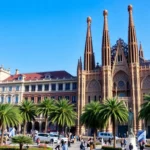 Top 10 Attractions in Barcelona
Top 10 Attractions in Barcelona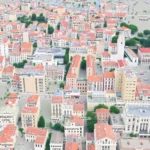 Neighborhoods and areas of Barcelona
Neighborhoods and areas of Barcelona Articket Barcelona: Explore the Best of Art in the City
Articket Barcelona: Explore the Best of Art in the City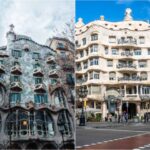 Comparing Casa Batlló and Casa Milà: Reddit Users' Opinions
Comparing Casa Batlló and Casa Milà: Reddit Users' OpinionsIf you want to know other articles similar to Antonio Gaudí and His Influence on Barcelona you can visit the category Casa Milà.
Deja una respuesta

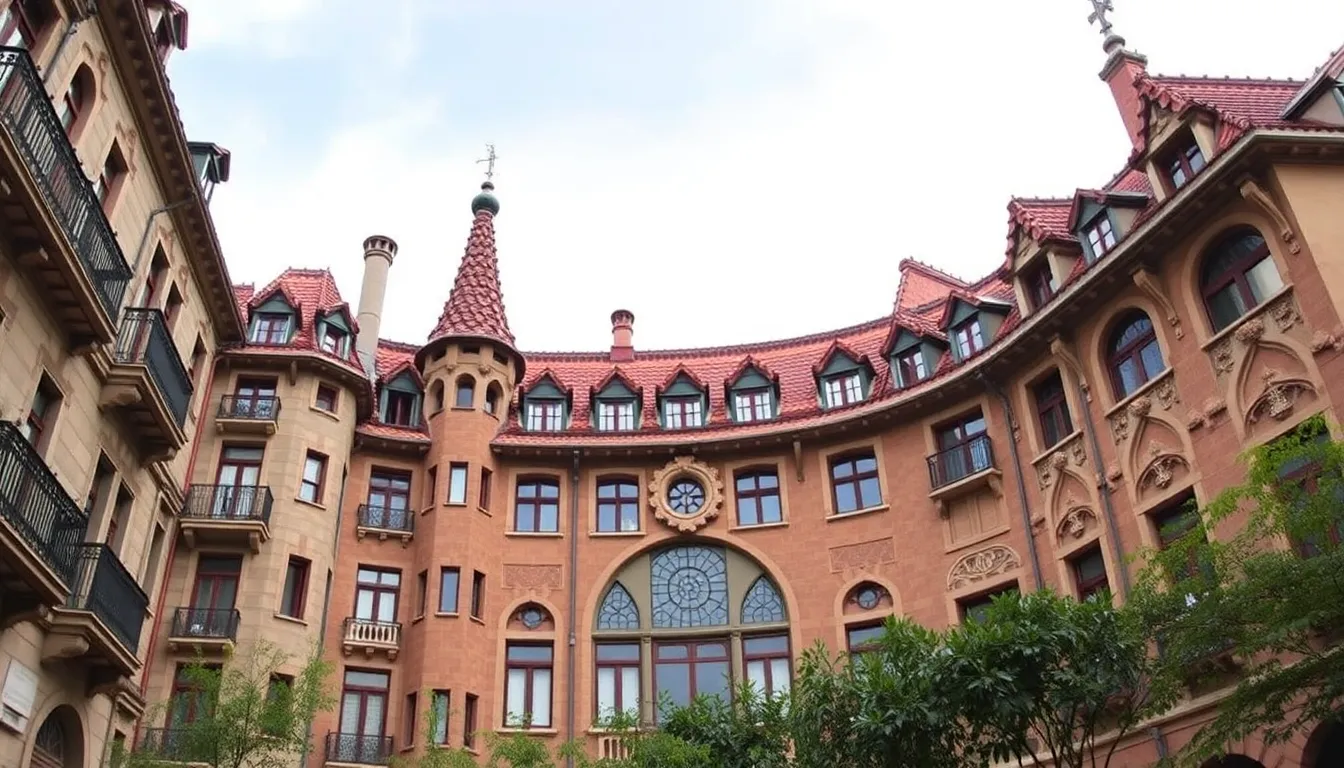

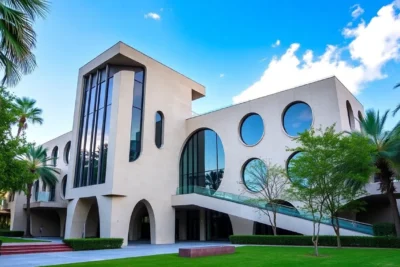

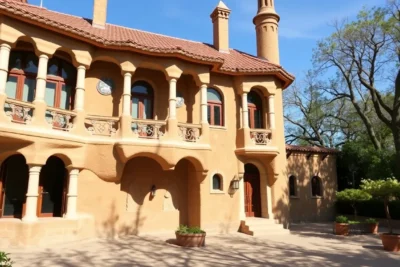
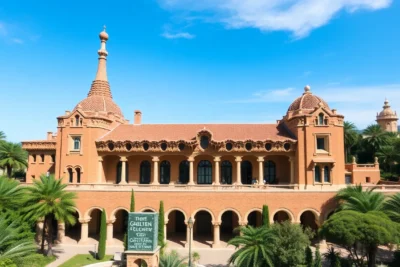
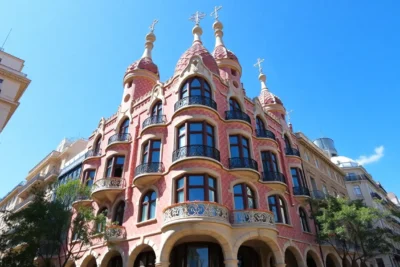
Read more!